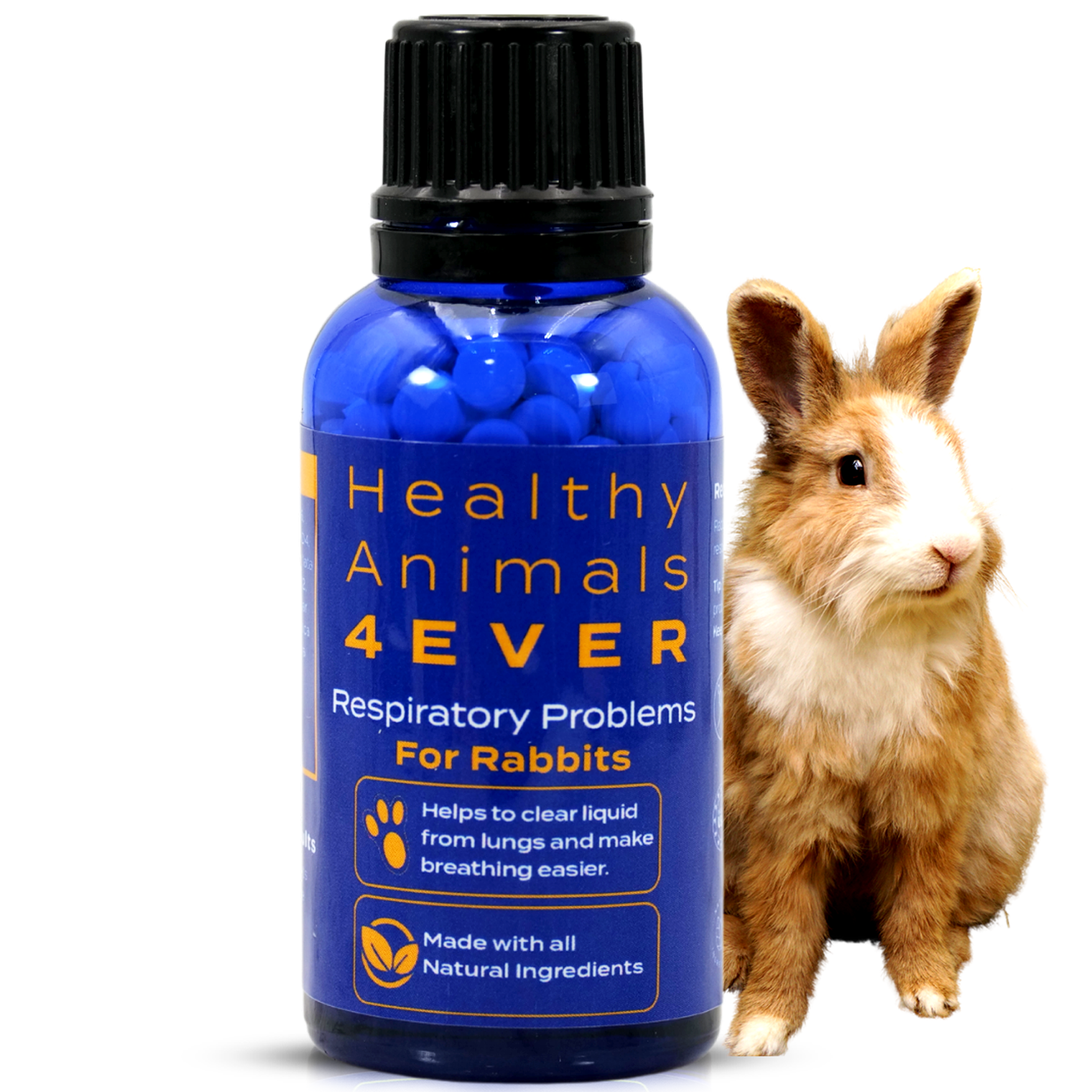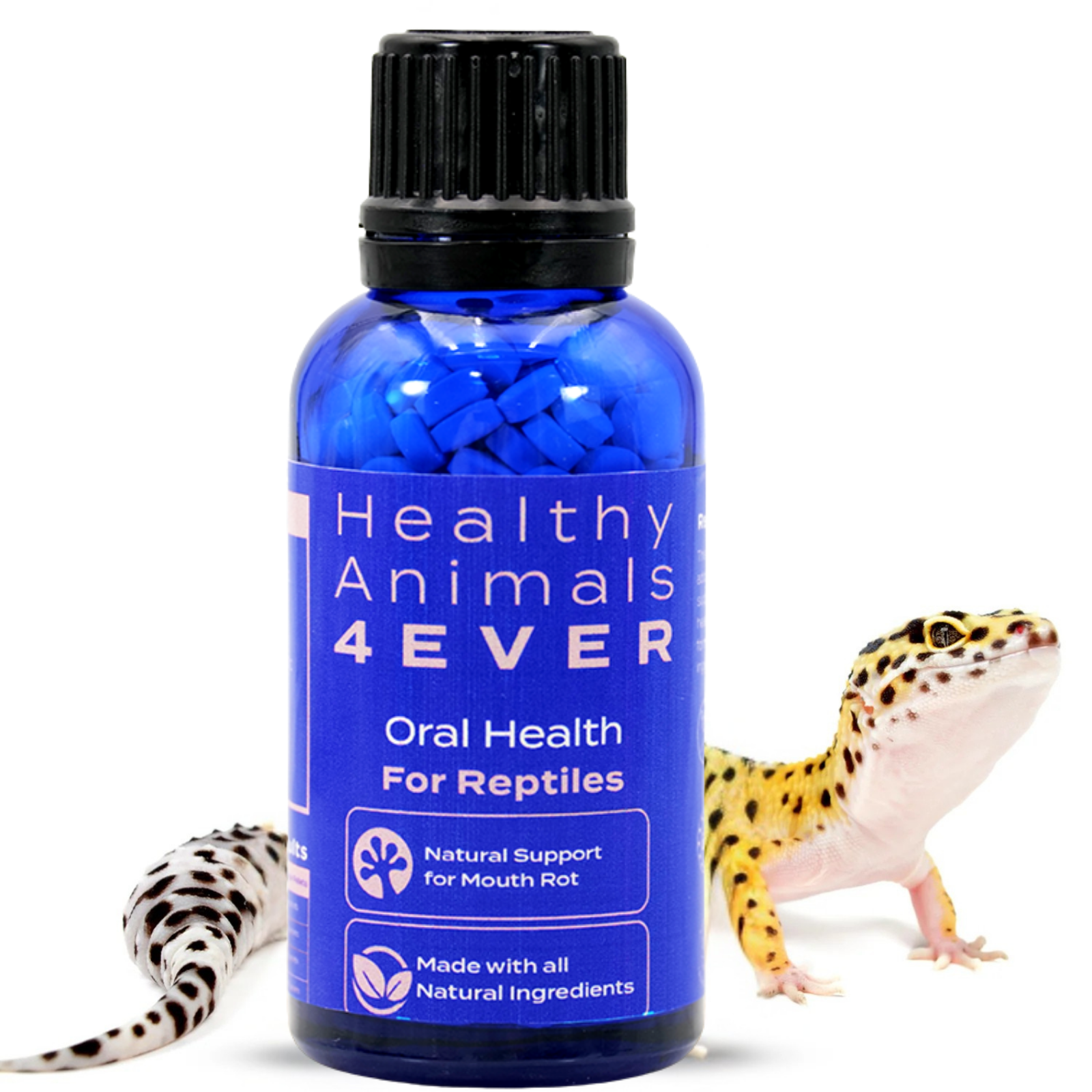Natural Remedies for Common Pet Skin Conditions: A Holistic Approach to Pet Care
If you've got a pet, you know how tough it is when they're dealing with skin issues. Whether it's itching, redness, or those annoying hot spots, skin problems can make our pets pretty miserable. But don't worry; many natural remedies can help soothe their skin and get them back to feeling great.
The good news is that you don't always have to reach for medication. There are plenty of natural ways to help them. But first, let's discuss common pet skin conditions your pet may face.

Flea Allergy Dermatitis
Flea allergy dermatitis (FAD) is one of those super annoying skin conditions that can bug our pets. If your pet is constantly scratching and you spot some tiny black specks on their skin, there's a good chance fleas are involved. But it's not just the fleas themselves; the allergic reaction to flea bites causes all the trouble.
Flea allergy dermatitis happens when your pet's immune system overreacts to flea saliva. Just one bite can make them incredibly itchy. It's like they're having an allergic reaction every time they get bitten, and it can drive them nuts with all the itching and scratching. This can lead to red, inflamed skin, hair loss, and even sores if they scratch too much.
You might notice your pet focusing their scratching on specific areas, like the base of the tail, the belly, and the inner thighs. Cats often get small scabs around their neck and on their back. Dogs can develop hot spots raw, irritated areas that can get infected if not treated.
One of the first steps in dealing with flea allergy dermatitis is getting rid of the fleas. Plenty of flea treatments are available, from topical solutions to oral medications and even flea collars. Treating all the pets in your household and cleaning your home thoroughly is important. Fleas can hide in carpets, bedding, and furniture, so vacuuming and washing everything in hot water is necessary.
Skin allergy rash and irritations is natural allergy remedy for all cats. It helps heal irritated & infected skin. It may provide relief from insect bites. Provides a calming effect. All-natural formula. Easy to use.
Once you've tackled the fleas, soothing your pet's skin becomes the priority. Natural remedies can be beneficial here. For example, giving your pet a bath with an oatmeal-based shampoo can help calm their irritated skin. Coconut oil can be rubbed on the itchy spots to moisturize and heal. Aloe vera gel can also provide some cooling relief.
Hot Spots
Hot spots in pets are common skin problems that can turn a calm pet into an itching, uncomfortable mess. These inflamed, infected skin areas can pop up quickly and be incredibly painful and itchy for your pet.
You'll often notice hot spots starting as small red areas, but they can grow rapidly as your pet licks, chews, and scratches at them. This constant irritation causes the skin to break down, leading to oozing sores and hair loss around the affected area. They're usually moist and warm, hence the name "hot spots," and can look pretty nasty.
Dogs are more prone to hot spots than cats, often appearing in the head, hips, and chest. Various factors can trigger hot spots, including allergies, flea bites, poor grooming, boredom, and stress. Anything that causes your pet to scratch or lick excessively can lead to a hot spot.

Treating hot spots involves a few steps to get your pet comfortable again. First, you need to clean the area. Trimming the fur around the hot spot helps air out the wound and makes it easier to apply treatments. You can gently clean the area with a mild antiseptic solution or warm water. After it's clean, applying a soothing treatment can help. There are plenty of over-the-counter options, or you can use natural remedies like coconut oil, which has both moisturizing and antibacterial properties.
It's also crucial to stop your pet from further irritating the area. This might mean using an Elizabethan collar (the dreaded "cone of shame") to keep them from licking or scratching at the spot while it heals. Ensuring your pet is free from fleas and addressing underlying issues like allergies or anxiety can prevent future hot spots.
Yeast Infections
Yeast infections in pets are also common and can be quite a nuisance for the pet and the owner. Yeast is a fungus that naturally lives on the skin and in pets' ears, but sometimes, it can grow out of control and cause an infection.
Imagine your pet constantly scratching or licking themselves, especially around their ears, paws, or groin. This could be a sign of a yeast infection. Dogs, for example, often get these infections in their ears or skin, and you might notice a funky smell, like bread or cheese. The skin might look red, irritated, or flaky, and sometimes it can get greasy.
Cats can also get yeast infections, although it's less common than in dogs. When they do, it often happens in their ears, and you might see them shaking their head or scratching at their ears. You might even see some black or brown gunk in their ears, indicating something's up.
A weakened immune system is one of the leading causes of yeast infections in pets. This could be due to allergies, long-term use of antibiotics, or other underlying health conditions. Allergies, whether caused by food or environmental factors like pollen, can set off yeast overgrowth. Sometimes, just a simple change in diet or the environment can help prevent these infections from happening.

Treating a yeast infection usually involves a visit to the vet. They can prescribe antifungal medications, such as creams, ointments, or even oral tablets if the infection is widespread. For ear infections, vets often recommend special ear drops or cleaners to eliminate the yeast buildup. Alongside this, it's also important to strenghten your pet's immune system. And you can do that naturally through homeopathy or other natural remedies.
It's also super important to keep your pet clean and dry. Yeast loves moist, warm environments, so regular grooming and bathing can significantly help. If your pet tends to get these infections, your vet might suggest using a special antifungal shampoo or rinse during baths.
Dry Skin
Dry skin, while it's not usually serious, it can be uncomfortable for your pet.
First, dry skin in pets looks a lot like in humans. You might notice your pet scratching a lot more than usual. When you part their fur, you might see flakes of skin, kind of like dandruff.
Mange Relief is a natural mange remedy for dogs. It works as a supportive and preventative product to maintain ongoing wellness in your pet. Helps with itchiness, scabs, crustiness, inflammation, redness, and hair loss caused by skin mites.
Sometimes, their skin can look red and irritated; in severe cases, you might even see hair loss or scabs from scratching.
There are quite a few things that can cause dry skin. One of the biggest culprits is the weather. Like us, pets can get dry skin when the air is cold and dry, especially in the winter. If the heater is cranked up, it can dry out the air in your home and your pet's skin.
Diet plays a huge role, too. If your pet's food lacks all the nutrients they need, their skin can suffer. For example, omega-3 and omega-6 fatty acids are essential for healthy skin and fur. Pets that don't get enough of these in their diet might have dry, flaky skin.
Allergies are another common cause. Pets can be allergic to various things, from certain foods to pollen to flea bites. If your pet has an allergy, their skin can get itchy and dry. Sometimes, even the products you use to groom them, like shampoos or conditioners, can cause a reaction.
Parasites like fleas and mites can also cause dry skin. These little pests can make your pet super itchy, and all that scratching can dry out and damage their skin.
So, what can you do about it? The first step is to determine what's causing the problem. A visit to the vet can help with this. They might recommend changing your pet's diet, adding some supplements, or switching to a different grooming product.
Keeping your pet well-groomed is important. Regular brushing can help distribute the natural oils in their skin, keeping it from getting too dry. If your pet has long fur, keep it trimmed and free of mats, which can irritate their skin.
For pets with dry skin due to environmental factors, a humidifier can help keep the air in your home from getting too dry. And if allergies are the culprit, your vet can help you determine what your pet is allergic to and how to avoid it.

Contact Dermatitis
Contact dermatitis is a skin condition when your pet comes into direct contact with something irritating or allergic to their skin. Think of it like how some people get a rash when they touch poison ivy or certain chemicals.
When your pet has contact dermatitis, you'll probably notice them scratching, licking, or chewing at their skin more than usual. The affected areas might be red, inflamed, and even swollen. Sometimes, the skin can blister or ooze; over time, it might become thickened and rough from scratching and licking.
A bunch of things can cause contact dermatitis. Common culprits include certain plants, like poison ivy or certain grasses, and chemicals, such as those found in cleaning products, pesticides, or even pet shampoos. Sometimes, materials like wool or certain types of plastic can cause a reaction.
If you suspect your pet has contact dermatitis, the first thing to do is figure out what's causing the problem. Think about any new products you've started using around your home or garden or if you've taken your pet to a new area where they might have come into contact with something irritating.
Treating contact dermatitis involves a few steps. First, you need to remove the irritant. This might mean washing your pet with a gentle, hypoallergenic shampoo to remove any traces of the irritant from their skin and fur. After that, soothing the irritated skin is key. You can use cool compresses or oatmeal baths to calm the inflammation. Over-the-counter creams and sprays are designed to soothe itchy skin but ensure they're safe for pets.
Natural Remedies for Skin Issues in Dogs and Cats
Regarding natural remedies for skin issues in pets, several options can help soothe and heal without medication. These remedies are easy to find and simple to use, making them an excellent choice for many pet owners.
One of the most popular natural remedies is coconut oil. It has exceptional moisturizing properties and is antibacterial and antifungal. You can apply it to your pet's skin to help with dryness, hot spots, or minor irritations. Rub a small amount into the affected area; your pet might enjoy the taste if they lick it off.
Ear/Nose and Throat is a natural ear, nose, and throat remedy for all dogs. It provides natural support for pain and discomfort & helps restore naturally present good bacteria for your dog's comfort. All-natural formula. Easy to use.
Another great option is oatmeal. An oatmeal bath can work wonders for a pet with itchy skin. You can buy special oatmeal shampoos made for pets or make your oatmeal soak. Grind up plain, unflavored oatmeal into a fine powder and mix it with warm water to create a paste. Then, apply it to your pet's skin and let it sit for 10-15 minutes before rinsing it off. It's soothing and can provide almost instant relief from itching.
Aloe vera is another fantastic natural remedy. If you have an aloe vera plant at home, you can cut a leaf open and apply the gel directly to your pet's skin. It's great for cooling and healing minor burns, cuts, and irritated skin. Use pure aloe vera, as some commercial products contain additives that might be unsafe for pets.
Apple cider vinegar is a bit of a miracle worker. It's suitable for skin infections, hot spots, and even ear infections. Dilute it with water before using it, usually a 50/50 mix. You can spray it onto your pet's skin or use it as a rinse after bathing. Be careful not to use it on open wounds or raw skin, as it can sting.
If your pet has a minor cut or scrape, honey can be a surprisingly effective remedy. Honey is naturally antibacterial and can help speed up the healing process. Apply a small amount to the affected area and cover it if possible to prevent your pet from licking it off immediately.
Regular grooming and bathing with gentle, natural products can prevent many skin issues before they start. Look for shampoos made with aloe vera, chamomile, or oatmeal, which are all soothing and safe for pets. And remember, brushing your pet regularly helps distribute their natural oils and keeps their skin healthy.
Homeopathic Remedies for Skin Problems in Pets

Homeopathy uses diluted substances to stimulate the body's natural healing processes. Some pet owners find these remedies helpful for various skin problems.
Sulfur is one of the most commonly used homeopathic remedies for pet skin issues. It's often recommended for pets that constantly scratch and have red, irritated skin. Sulfur might be a good choice if your dog or cat seems worse at night or after a bath. It can help reduce itching and promote skin healing.
Arsenicum Album is another popular remedy. It's typically used for pets with dry, scaly skin that worsens in cold weather. If your pet is restless, anxious, and tends to develop skin issues, Arsenicum Album could be beneficial. It's known for its ability to soothe irritated skin and reduce inflammation.
Calendula is fantastic for healing cuts, scrapes, and skin irritation. It's available as a cream or ointment that you can apply directly to your pet's skin. Calendula helps promote healing and has antiseptic properties, making it great for preventing infections.
If your pet has a lot of hot spots or moist, oozing skin irritations, Hepar Sulphuris might be the way to go. It's often used for pets sensitive to touch and seem uncomfortable with their skin issues. This remedy can help dry up the affected areas and reduce sensitivity.
Graphites is a good remedy for pets with thick, crusty skin conditions. If your pet has eczema or areas of skin that are sticky and weeping, Graphites can help. It's also helpful in treating skin that cracks and splits easily.
It's important to remember that homeopathy is quite individualized, so what works for one pet might not work for another. The good news is homeopathy is gentle, so it won't cause harmful side effects. Some remedies might simply be more effective in some pets than others. So, it's always a good idea to consult a knowledgeable vet about homeopathy to get the correct remedy and dosage for your pet's condition to accelerate the process.
The Bottom Line
Pet skin conditions can be challenging, but with the right knowledge and approach, you can quickly help your pet feel better. Whether dealing with flea allergy dermatitis, hot spots, yeast infections, dry skin, or contact dermatitis, natural remedies and a little extra care can go a long way.
Always pay attention to your pet's behavior and skin health. Regular grooming, a balanced diet, and a clean environment are key to preventing many skin issues. You can keep your pet comfortable, happy, and healthy by staying proactive and informed, ensuring many more years of companionship and joy.











